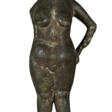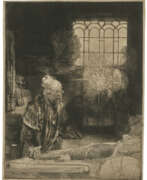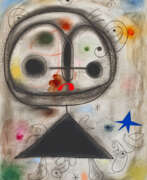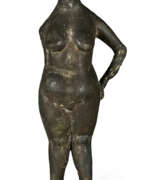Allegory
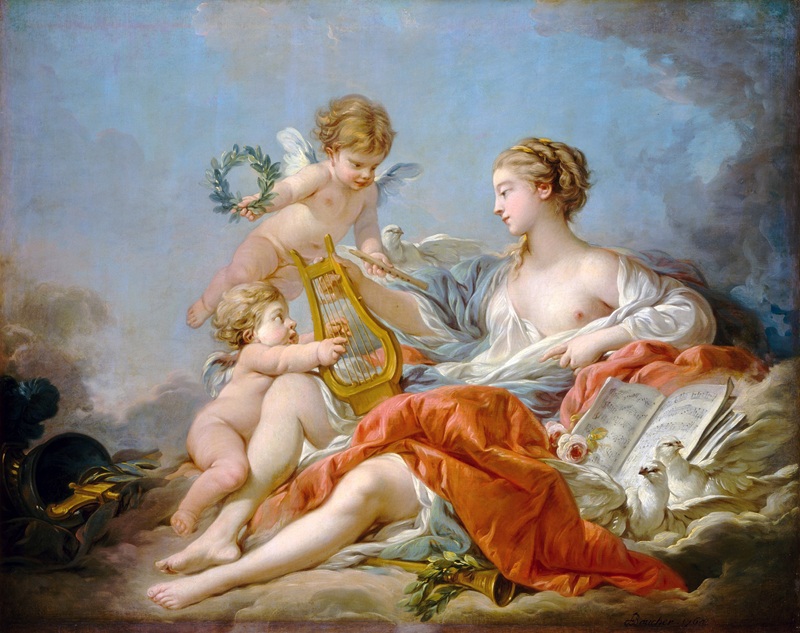
Allegory
Allegory, a symbolic narrative, has been a cornerstone in the realms of art and literature for centuries. This technique, transcending mere appearance, conveys deeper meanings - often moral, spiritual, or political. Allegory's roots trace back to ancient times, with early examples like Plato's "Allegory of the Cave" and the allegorical interpretations of Homer by Theagenes of Rhegium and Pherecydes of Syros.
During the Renaissance, allegory flourished, encapsulating complex ideas in paintings and sculptures. Artists like Artemisia Gentileschi and Pieter Bruegel the Younger mastered this art form. Gentileschi, in her work "Self-Portrait as the Allegory of Painting" (1638-1639), merged her identity with the personification of painting, a bold statement in a male-dominated field. Meanwhile, Bruegel's "The Alchemist" (1600) used narrative to depict the perils of greed and the folly of pursuing unearned wealth.
Institutions like the National Gallery in London house some of these allegorical masterpieces. These works provide not just visual pleasure but also a gateway into the minds and cultures of past eras. They represent emotions, virtues, or even entire nations, embodying the culture and thoughts of their time.
For art collectors and experts, understanding allegory is pivotal. It opens a window to interpret and appreciate the deeper layers of meaning in artworks. As we continue to unravel the complexities of these symbolic representations, they remain vital in understanding the evolution of art and culture.
For enthusiasts eager to delve deeper into the world of allegory and its impact on art and culture, subscribing for updates is invaluable. Receive alerts on new product sales and auction events related to allegory. Join a community passionate about the intricate language of allegory in art.
| Country: | Europe |
|---|








